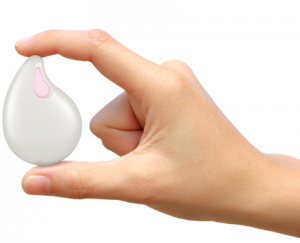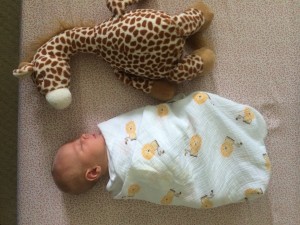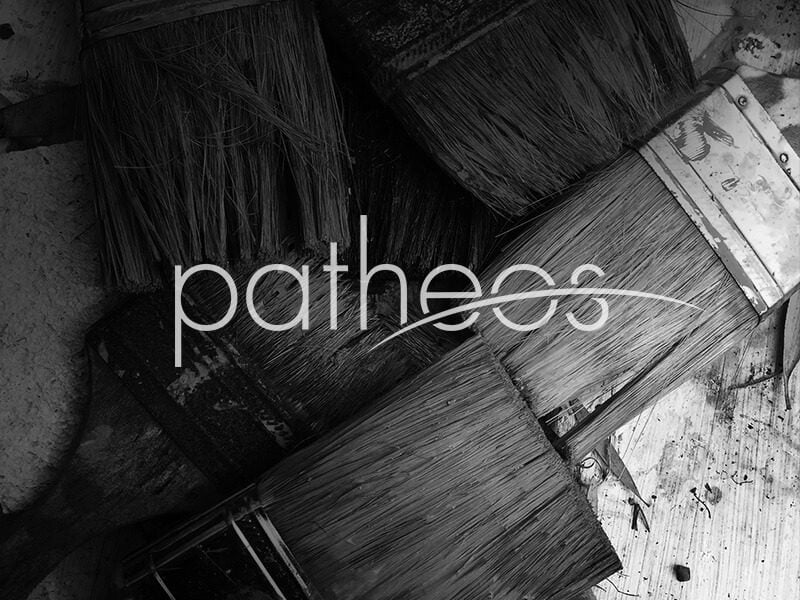Here’s an insightful response to the discussion from Notes on Natural from our very own doc-in-training, friend, and fellow Princeton alum, Queen B:
I still remember sitting with our first daughter in Mass a few weeks after she was born. As the priest raised the host and said, “This is my body, broken for you,” the words took on new meaning for me. I suddenly realized that, as a new mother having just given birth to my daughter, I understood and experienced this body-sacrificing love in a new way. As mothers, in pregnancy, childbirth, nursing and child-rearing, we really do give our bodies for our children. Sometimes this gift comes at a great cost to us, sometimes it is just full of little crosses. Either way, what an honor and privilege it is to participate so intimately in the Lord’s work. As mothers, carrying out our vocations in love, we truly stand on holy ground (Exodus 3:5).
In a recent post, one mother was seeking help with one of the common crosses of pregnancy, varicose veins. These little buggers are superficial dilated veins that often occur without symptoms, but may cause itching, heaviness, cramping, aching, and leg fatigue that worsens with standing and in hot weather. They show up in about 30% of pregnancies and are more common in women with family history of varicosities, in tall women, women who stand for prolonged periods of time, those with a more sedentary lifestyle, or women who have had previous pregnancies. Unfortunately, they can increase in severity with each successive pregnancy. There is debate as to whether the tendency to develop varicosities in pregnancy is primarily due to the blood flow (hemodynamic) changes of pregnancy, hormonal changes (progesterone and estrogen may affect vein valve failure) or a combination of both.
So, how can we manage these annoying veins? The good news is that most pregnant women see an improvement in their varicosities after pregnancy, and some will see almost complete resolution of their varicosities. If you are having this problem while you are pregnant, some of the options below may help.
-TAKE THE PRESSURE OFF: Avoid standing or sitting with your feet on the ground for prolonged periods of time. Long car or airline trips or sitting all day can make the pressure build up in your lower veins, making the problem worse. Consider finding alternative positions for accomplishing activities that you normally do standing. For labor, are there positions you can tolerate which allow you to elevate your legs?
-ELEVATE: Periodically elevating your legs higher than your chest will also help prevent pressure build-up. Elevating your legs improves blood flow to the deeper veins and the heart and also improves oxygenation in your legs. This is a great excuse to rest and put up your feet! It is important to do this regularly throughout the day. The amount of time suggested based on studies is anywhere from 10 minutes every 2 hours to 30 minutes every 4 hours. Either way, the bottom line is to elevate regularly. Think of this as a health regimen, it may require planning. ONE NOTE: especially in pregnant women, you may occasionally experience leg cramps when you elevate properly, because of electrolyte (sodium, potassium, calcium) changes around your muscles as the blood flows back into the correct veins. This is uncomfortable but not dangerous. Stay hydrated, massage the cramps or try standing, all of which can improve leg cramps.
-ACTIVATE: Regular physical activity (low impact, like walking or swimming) is not only generally healthy for you in pregnancy but also helps maintain circulatory flow through leg veins and should make varicosities feel better. One study I saw also mentioned that exercises focusing on calf muscles may improve varicosity symptoms.
-COMPRESSION STOCKINGS: Although not glamourous, compression stockings really do help improve symptoms for most people. Studies suggest that they are more effective, especially in younger people, when COMBINED with regular leg elevation. Compression stockings come in 4 sizes: grade I-IV; generally grade I or II are used, with grade II (30-40mmHg) providing the most relief. Generally, it is recommended that you put on the stockings before getting out of bed in the morning and wear them until bedtime unless otherwise instructed (swimming would be a good reason to take them off), as swelling and symptoms will quickly recur when the stockings are taken off. If the stockings seem to make the problem worse they may be too constrictive or hot, both of which can increase varicosity pain. You may want to look for another pair or try a different size–call around to hospitals in your area or medical supply stores and see what kinds of compression stockings they offer. If, after a trial of 2-4 weeks you do not notice an improvement, you may want to focus your energies on elevation and activity rather than compression.
-Horse Chestnut Seed Extract: Unfortunately, there is not enough scientific evidence to recommend the safe use of this product during pregnancy and breastfeeding at this time. HCSE is a complementary therapy (an herbal supplement–meaning that it is not strictly regulated by the FDA) that has been historically used to treat chronic venous insufficiency and has recently gotten a lot of attention in the medical community because studies have shown some benefit for venous flow problems. Studies are suggesting that it improves symptoms of varicose veins. Aescin appears to the be active ingredient. It provides a weak diuretic effect (causes your kidneys to release more water), may decrease fluid leak out of veins (which causes swelling) and may improve vein tone. There are few reported side effects at standard doses (mostly nausea, and rare reports of liver and renal problems), but it is important to avoid unprocessed horsechestnut seeds and bark because both have been associated with significant toxicity and death. Again, this supplement HAS NOT been tested in pregnancy or breastfeeding, and should not be considered harmless for a pregnant women or her baby. If you use it after pregnancy, always tell your doctor that you are using it, just as you would tell him/her about other medications you are taking.
If symptoms are severe enough and you are up for surgery, there are several options for surgical treatment. They include:
-External laser ablation (better for smaller varicosities): uses a laser to clog the vein so it will disintegrate.
-Sclerotherapy (also good for small veins): an injection that causes obliteration of the vein by inflammation and scar tissue.
-Surgical ligation and stripping: small incision over the concerning areas to allow removal of the involved vein. These are generally outpatient procedures and most patients return to work in 2-5 days. Seems to have a longer lasting benefit than sclerotherapy, however up to 33% of patients have had a recurrence in their varicosities after 5 year.
Whew, that is a lot of information to digest. Hopefully your feet were up 😉 All of this information is from current medical literature, journals and studies (this is my plug to be careful of the sources when reading online!), but the author feels obligated to remind her readers that she is still relatively early in her medical training: in her senior year of medical school. It is always important to talk about your specific symptoms and experience with a doctor who you trust.
Saint Gerard Majella, patron saint of expectant mothers, pray for us.











